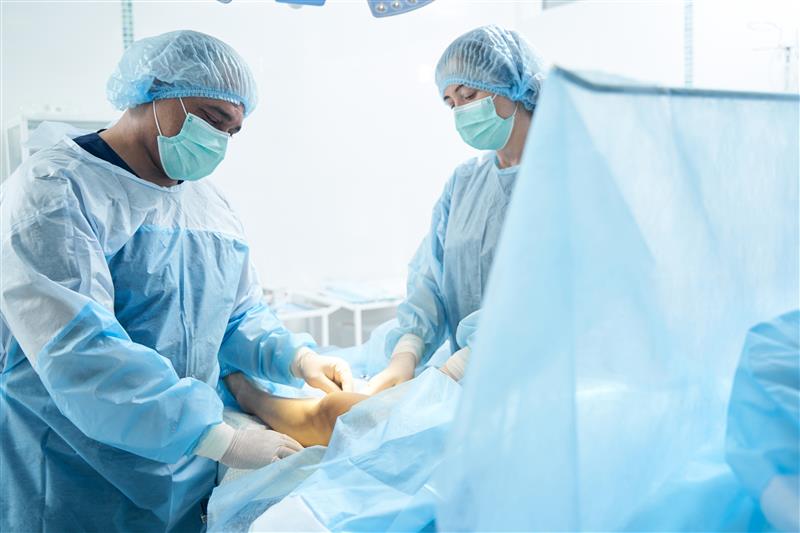Hemihyperplasia, also known as hemihypertrophy, is a rare congenital condition characterized by the asymmetric growth of one side of the body. In this disorder, one side (either the left or right) of the body grows larger than the other, leading to noticeable differences in limb length, facial asymmetry, and body size. Hemihyperplasia can affect a specific part of the body, such as a limb, or it can extend to multiple areas, including the face, torso, and organs.
The cause of hemihyperplasia is often linked to genetic mutations, although the exact mechanism is not fully understood. It may occur sporadically or as part of syndromes such as Beckwith-Wiedemann syndrome (BWS) and Proteus syndrome. Hemihyperplasia is significant because it increases the risk of certain tumors, particularly in childhood. Early detection and ongoing medical monitoring are crucial for individuals with this condition.
Symptoms
The symptoms of hemihyperplasia can vary widely depending on the severity of the asymmetry and the areas of the body involved. Common signs include:
Asymmetrical Growth: One side of the body, including limbs, hands, feet, or facial features, grows larger or longer than the other.
Facial Differences: Visible differences in facial structure, including uneven cheeks, eyes, or jawline.
Limb Length Discrepancy: A noticeable difference in the length of arms or legs, which can lead to gait problems or scoliosis.
Skin Differences: Changes in skin color or texture on the larger side of the body.
Organ Asymmetry: Enlargement of organs such as the kidneys or liver on one side of the body, though this is less common.
The condition is usually present at birth or becomes apparent during early childhood. Parents and healthcare providers may notice that one side of the child’s body grows at a faster rate, prompting further evaluation.
Diagnosis
Diagnosing hemihyperplasia involves a combination of clinical evaluation, imaging studies, and genetic testing. The diagnostic process typically includes:
Physical Examination: A thorough assessment of the child’s growth patterns, including measuring limb length and observing facial asymmetry.
Imaging Studies: X-rays, ultrasound, MRI, or CT scans may be used to evaluate internal organs, bones, and tissues, as well as monitor any associated risks like tumors.
Genetic Testing: Genetic analysis is crucial to identify underlying mutations or syndromes associated with hemihyperplasia, such as Beckwith-Wiedemann syndrome.
Identifying these conditions helps guide long-term management and surveillance.
Early diagnosis is critical not only for addressing cosmetic and functional issues but also for monitoring the increased risk of developing certain tumors, such as Wilms tumor, a kidney cancer commonly associated with hemihyperplasia.
Treatment
The treatment of hemihyperplasia depends on the specific symptoms and complications the individual faces. Options may include:
Surveillance for Tumors: Due to the elevated cancer risk, especially in childhood, regular abdominal ultrasounds and blood tests (for alpha-fetoprotein levels) are often recommended. Monitoring typically continues until around age 8, when the risk decreases.
Orthopedic Interventions: Limb length discrepancies can be managed through orthotic devices, shoe lifts, or, in severe cases, surgery such as limb lengthening or epiphysiodesis (a procedure to halt growth in the longer limb).
Cosmetic and Reconstructive Surgery: For facial asymmetry or other noticeable differences, plastic surgery may be considered to improve appearance and function.
Physical and Occupational Therapy: These therapies can help manage gait abnormalities, muscle imbalances, and improve coordination.
Genetic Counseling: Families may benefit from genetic counseling to understand the condition and its implications, particularly if hemihyperplasia is linked to a genetic syndrome.
While there is no cure for hemihyperplasia, early detection and a multidisciplinary treatment approach can help manage symptoms, improve quality of life, and reduce the risk of complications.




